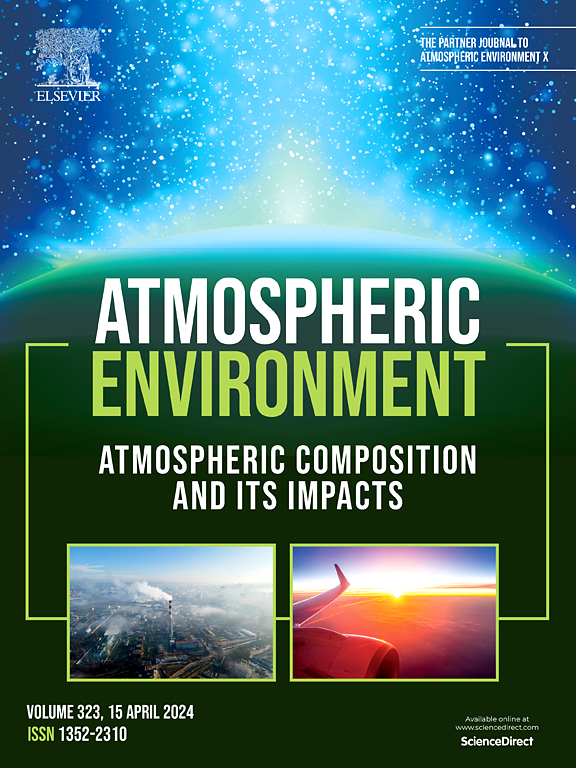Biogenic volatile organic compounds produced by two unicellular and two filamentous cyanobacteria after a high light shock
IF 4.2
2区 环境科学与生态学
Q2 ENVIRONMENTAL SCIENCES
引用次数: 0
Abstract
The emission of biogenic volatile organic compounds (BVOCs) is increasing due to the effects of climate change, and the related increases in biomass production and phytoplankton blooms. The Baltic Sea is subject to increased pollution and average temperature rises, with cyanobacterial blooms happening more often. For the majority of Baltic cyanobacteria, there is no information about BVOCs production. Thereby, in our study, we decided to qualitatively analyze these chemicals in four species common for the Baltic Sea and its lagoons: Synechocystis salina, Microcystis aeruginosa, Nodularia spumigena, and Aphanizomenon flos-aquae. A high light stressor was used as a trigger for the production of BVOCs in monocultures. Depending on the species, two to seven compounds were identified from groups of cyclic and aliphatic alkanes, alcohols, aldehydes, and terpenes. β-cyclocitral (representative of nor-carotenoids) was obtained in M. aeruginosa, and for the first time, it was detected as being produced by N. spumigena. Two unidentified compounds were also found. For one of them, the analysis of mass spectra showed that it could be a sulfur-based compound. The study presents for the first time BVOCs that are produced by S. salina, N. spumigena, and A. flos-aquae after light stress.

高光照冲击后两种单细胞蓝藻和两种丝状蓝藻产生的生物挥发性有机化合物
由于气候变化的影响以及生物量生产和浮游植物繁殖的相关增加,生物挥发性有机化合物(BVOC)的排放量正在增加。波罗的海受到污染加剧和平均气温升高的影响,蓝藻藻华发生得更加频繁。对于大多数波罗的海蓝藻,目前还没有关于其产生 BVOCs 的信息。因此,在研究中,我们决定对波罗的海及其泻湖中常见的四种蓝藻进行定性分析:这四种生物分别是:盐藻、铜绿微囊藻、球藻和鹅膏藻。高光照胁迫是单培养物产生 BVOCs 的触发因素。根据物种的不同,从环状和脂肪族烷烃、醇类、醛类和萜类中鉴定出 2 到 7 种化合物。在铜绿微囊藻中发现了 β-环柠檬醛(非类胡萝卜素的代表),并首次检测到它是由 N. spumigena 产生的。还发现了两种不明化合物。对其中一种化合物的质谱分析表明,它可能是一种硫基化合物。该研究首次展示了盐湖水华藻、鳞藻和花藻在光胁迫后产生的 BVOCs。
本文章由计算机程序翻译,如有差异,请以英文原文为准。
求助全文
约1分钟内获得全文
求助全文
来源期刊

Atmospheric Environment
环境科学-环境科学
CiteScore
9.40
自引率
8.00%
发文量
458
审稿时长
53 days
期刊介绍:
Atmospheric Environment has an open access mirror journal Atmospheric Environment: X, sharing the same aims and scope, editorial team, submission system and rigorous peer review.
Atmospheric Environment is the international journal for scientists in different disciplines related to atmospheric composition and its impacts. The journal publishes scientific articles with atmospheric relevance of emissions and depositions of gaseous and particulate compounds, chemical processes and physical effects in the atmosphere, as well as impacts of the changing atmospheric composition on human health, air quality, climate change, and ecosystems.
 求助内容:
求助内容: 应助结果提醒方式:
应助结果提醒方式:


